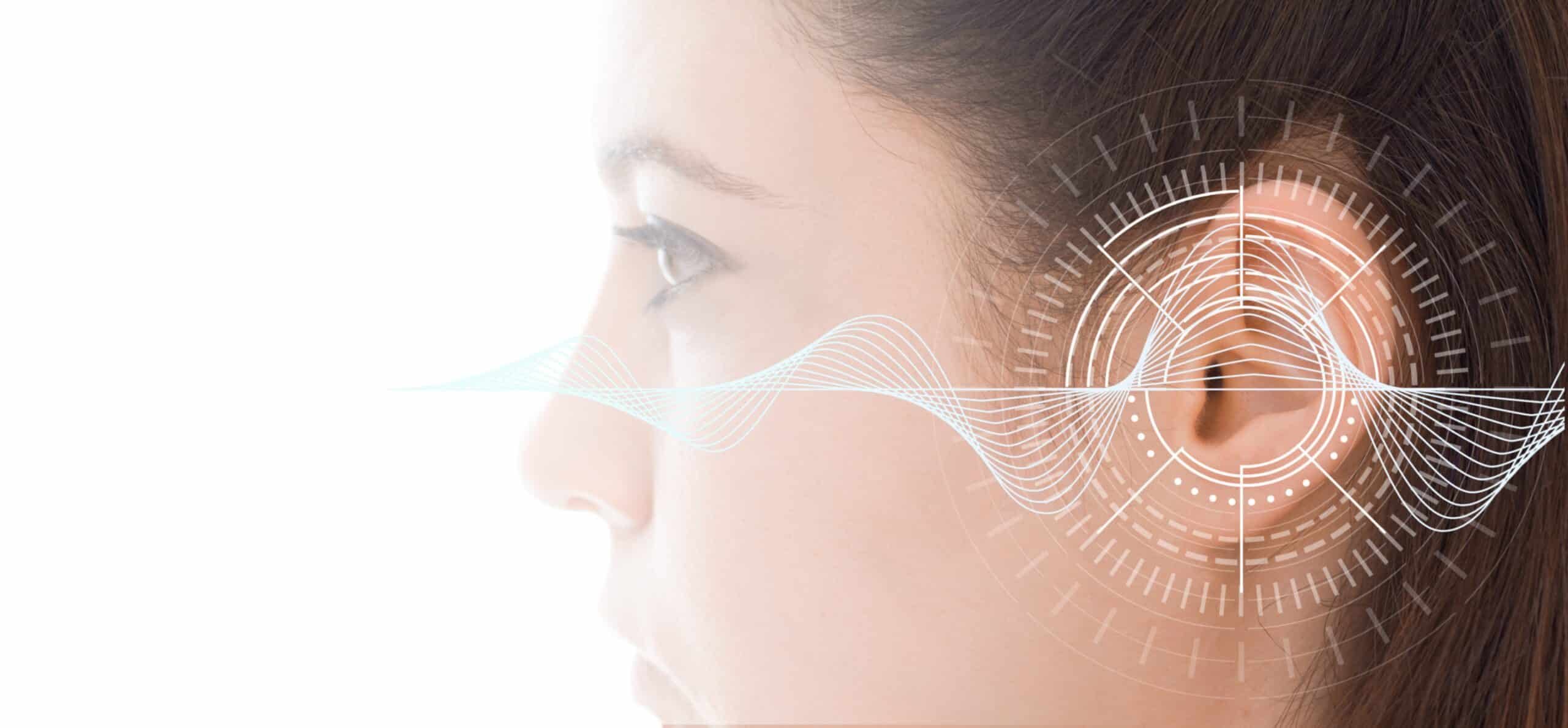On the other hand, birds and fish can regenerate these hair cells, and now researchers at the Del Monte Institute for Neuroscience are getting closer to identifying the mechanisms that may promote this type of regeneration in mammals, as explained in research recently published in Frontiers in Cellular Neuroscience.
“We know from our previous work that expression of an active growth gene, called ERBB2, was able to activate the growth of new hair cells (in mammals), but we didn’t fully understand why,” said Patricia White, Ph.D., professor of Neuroscience and Otolaryngology at the University of Rochester Medical Center. The 2018 study led by Jingyuan Zhang, Ph.D., a postdoctoral fellow in the White lab at the time, found that activating the growth gene ERBB2 pathway triggered a cascading series of cellular events by which cochlear support cells began to multiply and activate other neighboring stem cells to become new sensory hair cells.
“This new study tells us how that activation is happening — a significant advance toward the ultimate goal of generating new cochlear hair cells in mammals,” said White.
Using single-cell RNA sequencing in mice, researchers compared cells with an overactive growth gene (ERBB2 signaling) with similar cells that lacked such signaling. They found the growth gene — ERBB2 — promoted stem cell-like development by initiating the expression of multiple proteins — including SPP1, a protein that signals through the CD44 receptor. The CD44 receptor is known to be present in cochlear-supporting cells. This increase in cellular response promoted mitosis in the supporting cells, a key event for regeneration.
“When we checked this process in adult mice, we were able to show that ERBB2 expression drove the protein expression of SPP1 that is necessary to activate CD44 and grow new hair cells,” said Dorota Piekna-Przybylska, Ph.D., a staff scientist in the White Lab and first author of the study. “This discovery has made it clear that regeneration is not only restricted to the early stages of development. We believe we can use these findings to drive regeneration in adults.”
“We plan to further investigation of this phenomenon from a mechanistic perspective to determine whether it can improve auditory function after damage in mammals. That is the ultimate goal,” said White.
Additional authors include Daxiang Na, Cameron Baker, and John Ashton, Ph.D., at the University of Rochester and Medical Center. The research was supported by the U.S. Army Medical Research Mechanism, the National Institute on Deafness and Other Communication Disorders, UR Ventures, and the Schmitt Program on Integrative Neuroscience.




